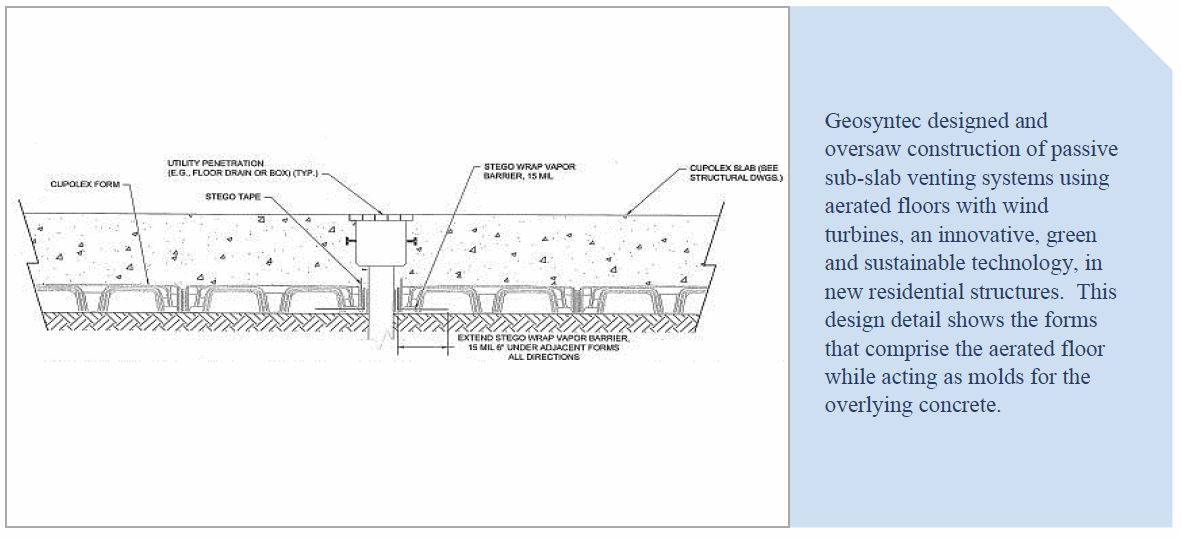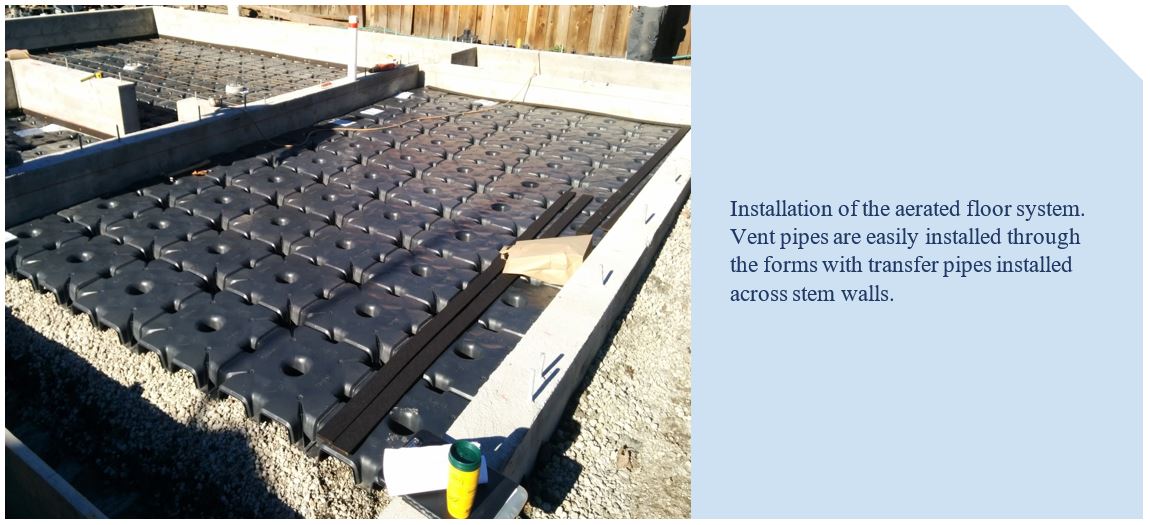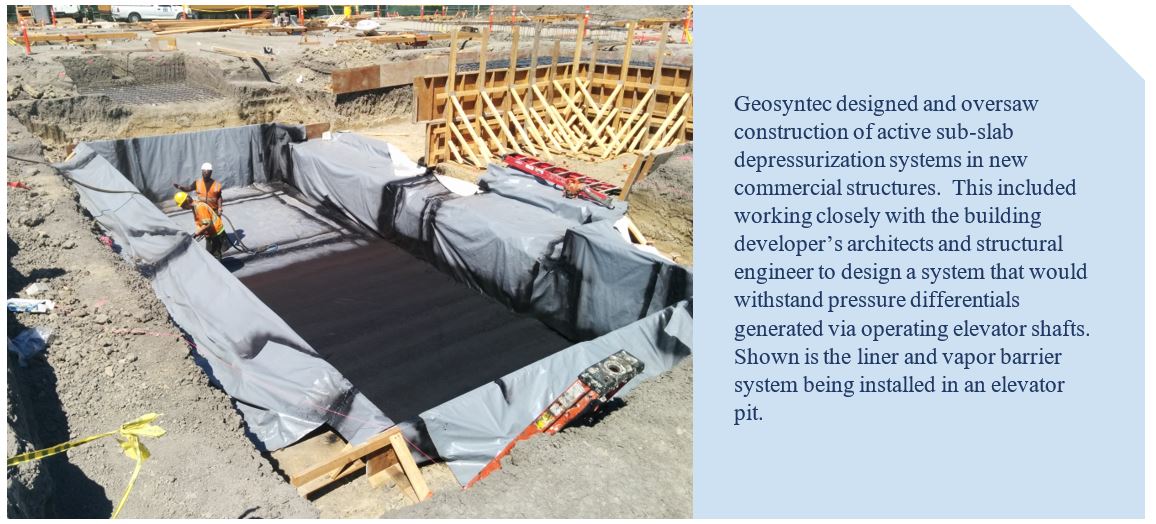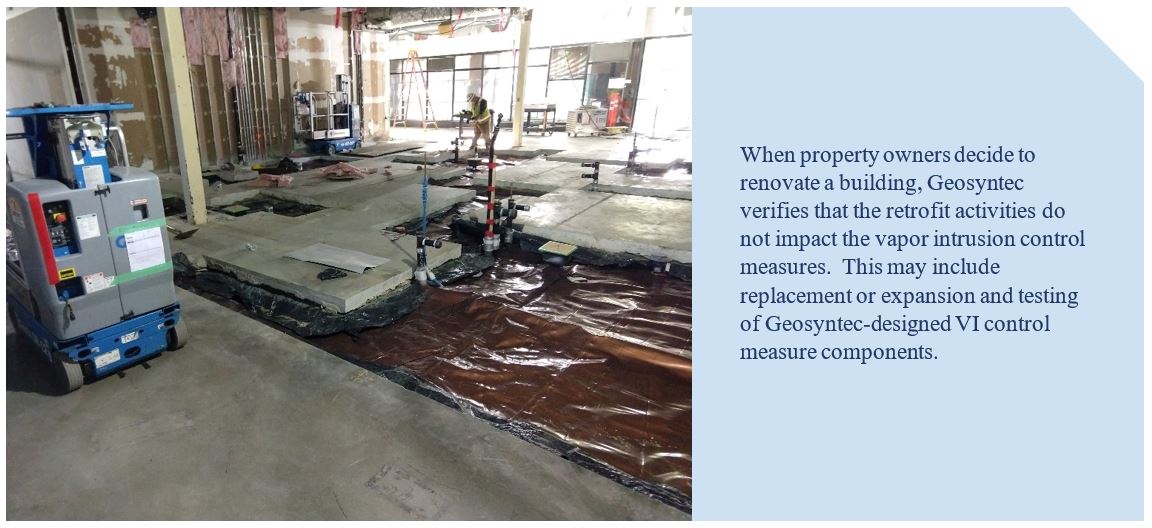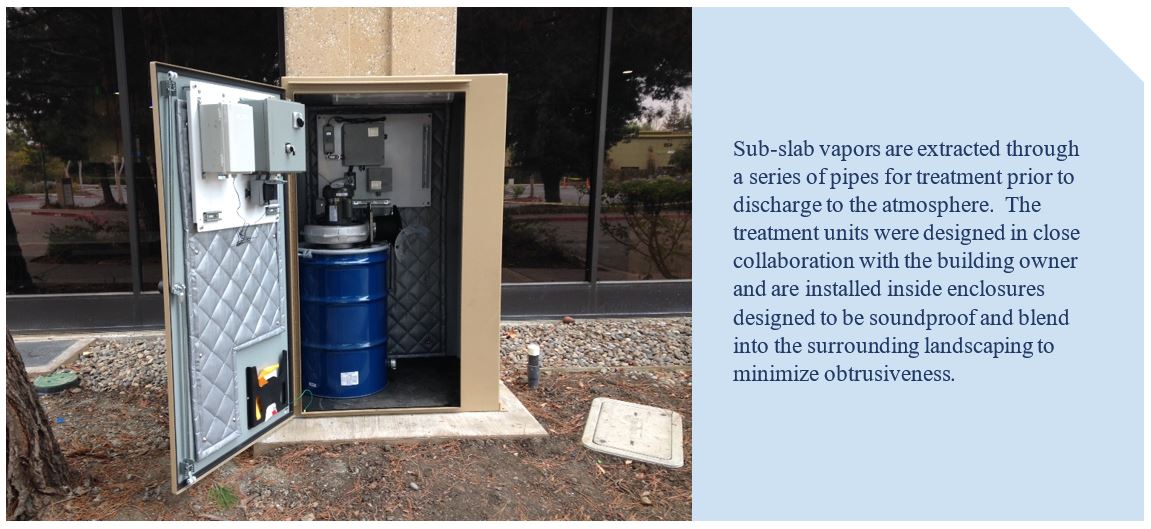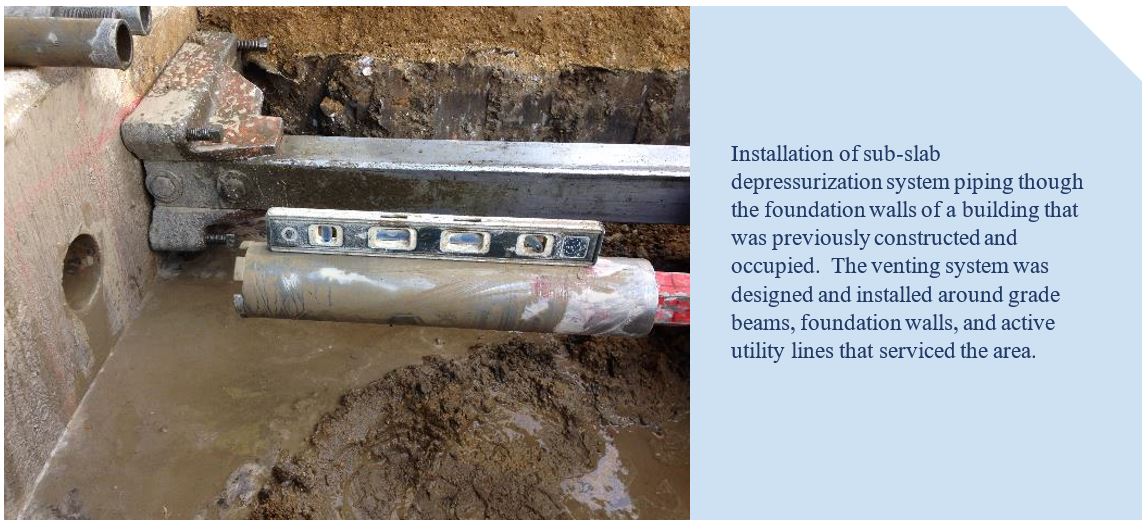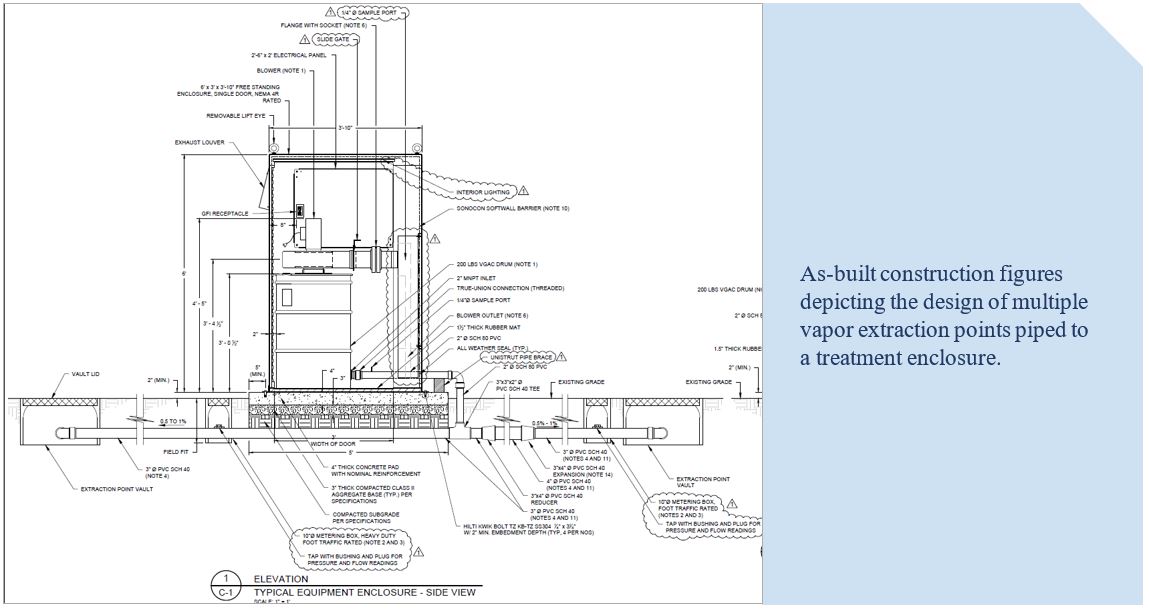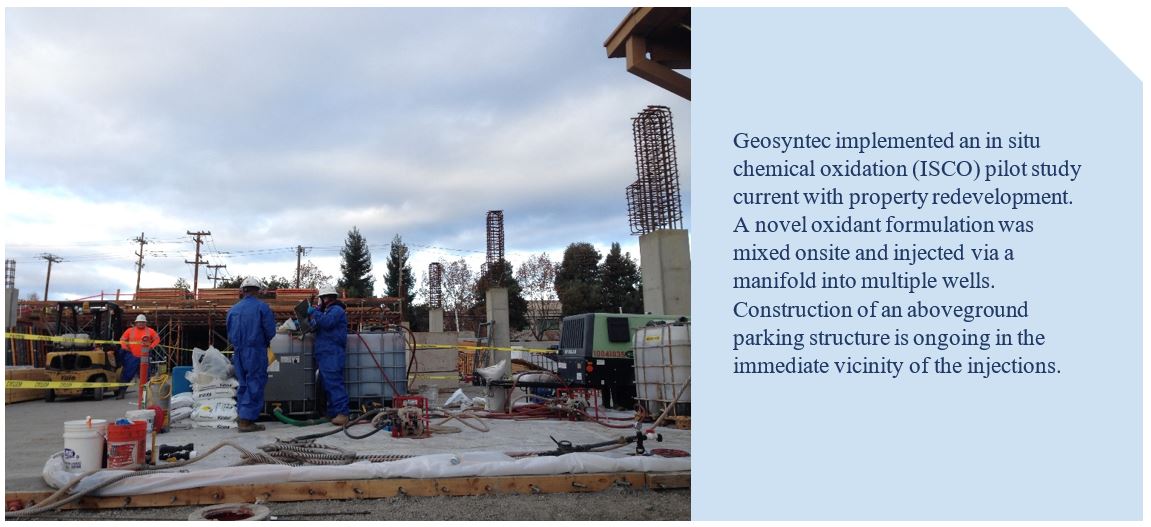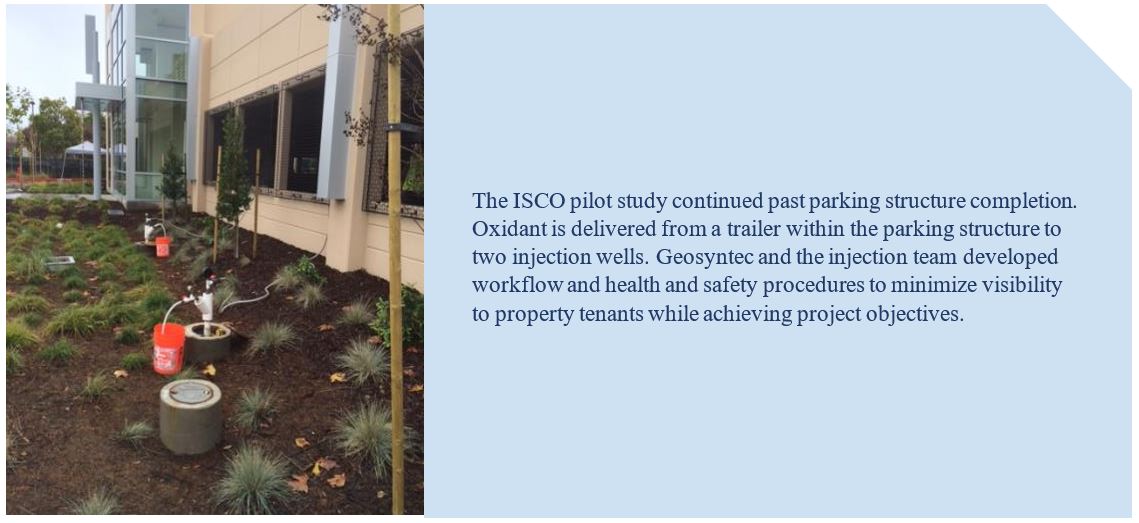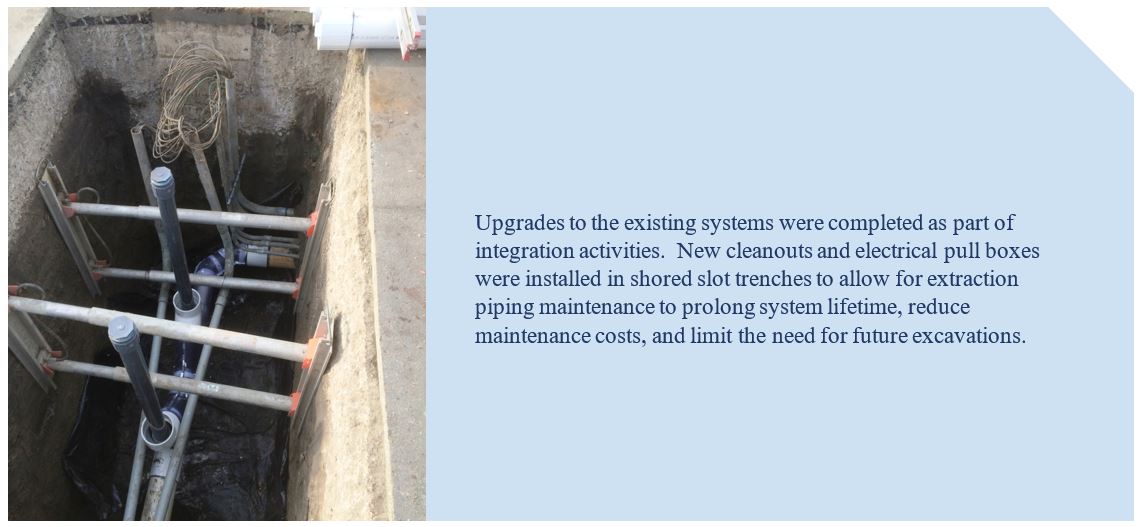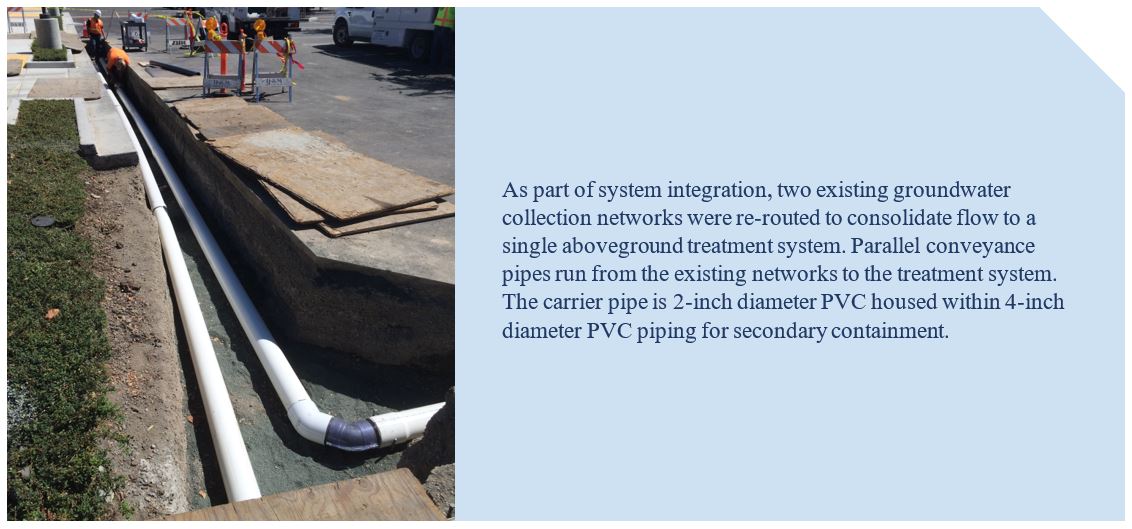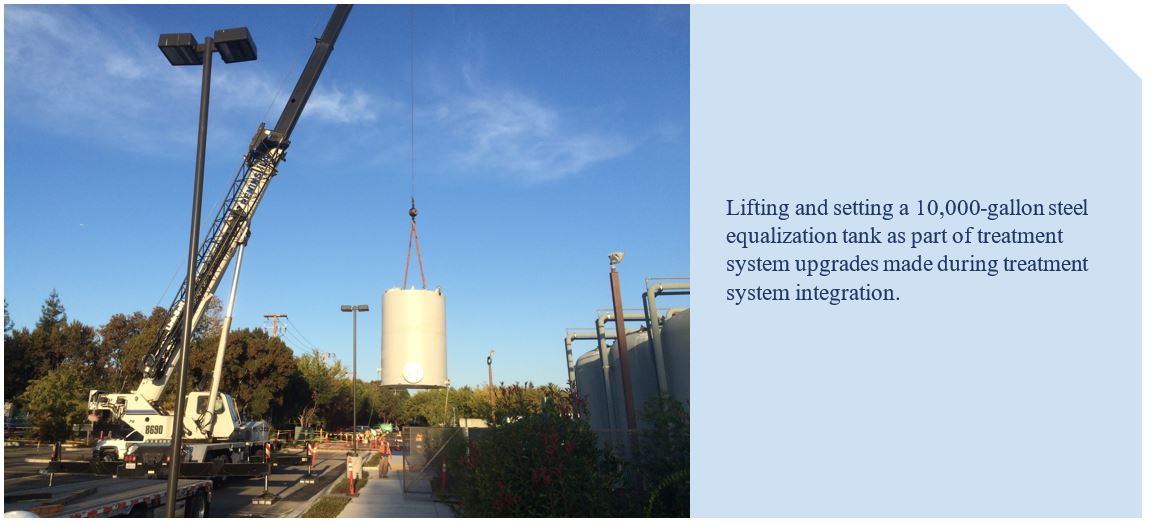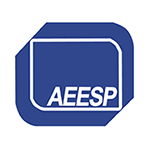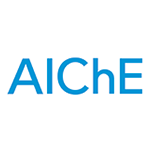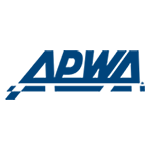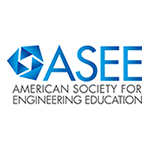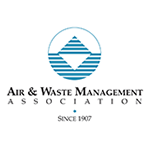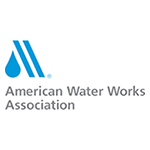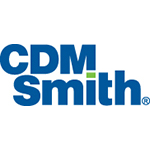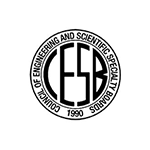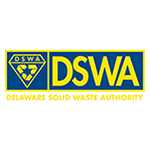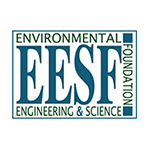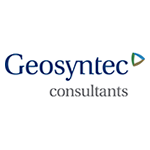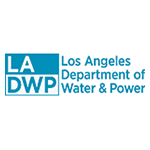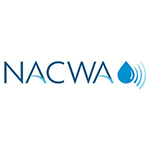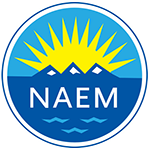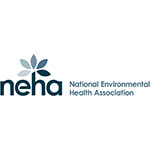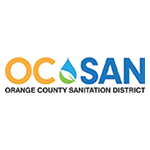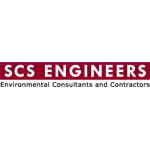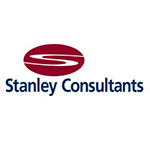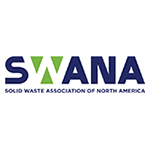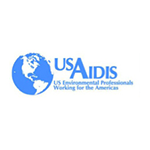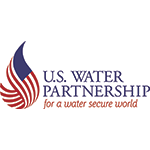- Home
- Contact Us
- News & Events
- Awards
- AAEES Awards Criteria
- 40 Under 40 Recognition Program
- Edward J.Cleary Award
- Excellence in Environmental Engineering and Science Education
- Gordon Maskew Fair Award
- Honorary Member
- International Honorary Member
- Ralph and Joe Bales Graber Science Award
- Stanley E. Kappe Award
- Environmental Communications Awards Competition
- Excellence in Environmental Engineering and Science Competition
- The AAEES Chapter Blue Marble Award
- Resources
- AAEES Microcredentials
- Annual Reports
- AAEES Press Releases
- AAEES Website How To VIdeos
- Environmental Engineer and Scientist
- Environmental Engineering Body of Knowledge
- PFAS Resources
- Specialty Examination Guide
- Students and Young Professionals Resources
- Who's Who in Environmental Engineering & Science®
- Leadership Opportunities
- Membership
- Donate
- Jobs
2020 Excellence in Environmental Engineering and Science® Awards Competition Winner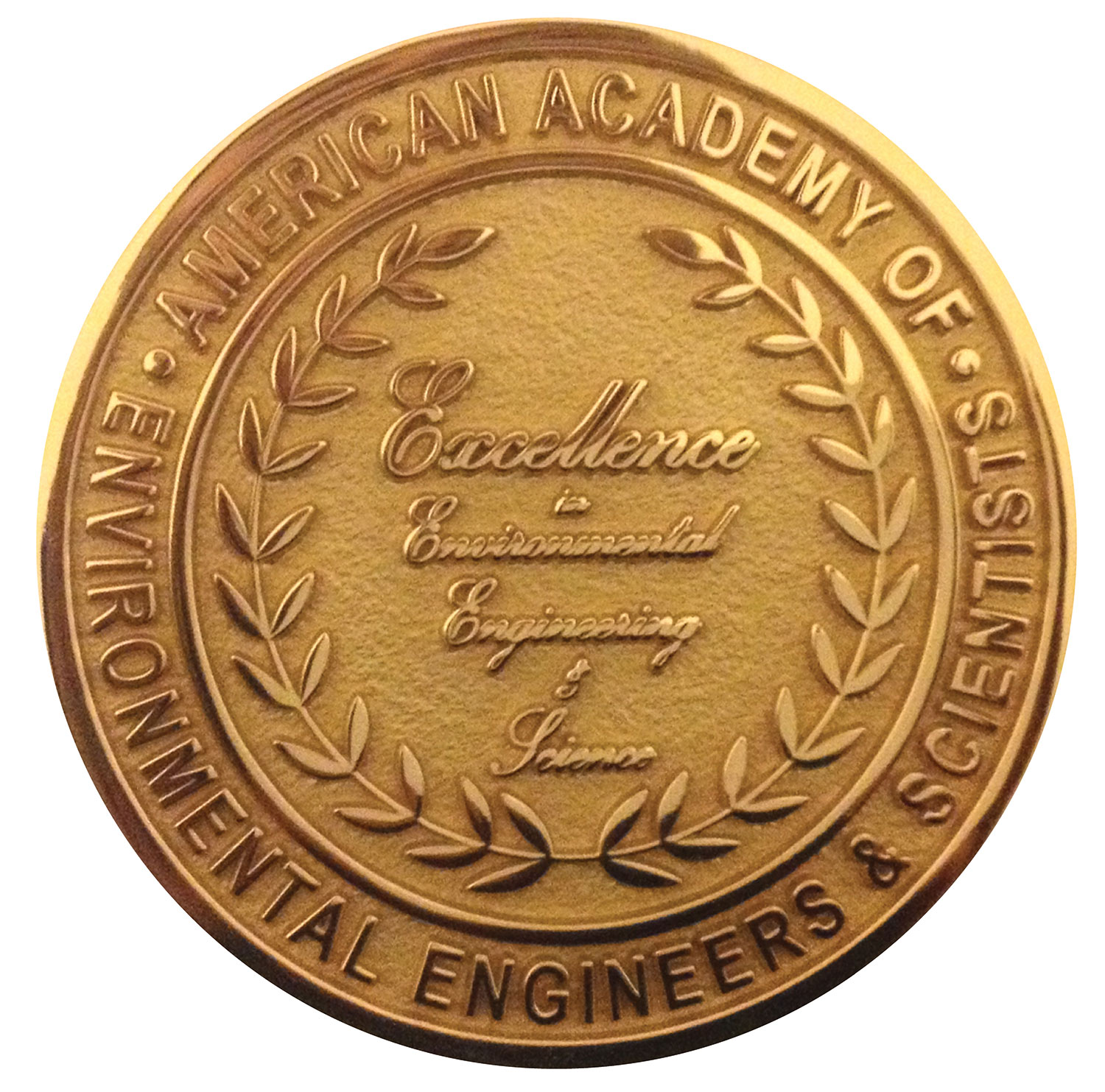
Honor Award - DesignMiddlefield-Ellis-Whisman Superfund Study AreaEntrant: Geosyntec Consultants, Inc. Entrant Profile Geosyntec Consultants, Inc. works with cities, counties, and public and private entities promoting sustainable economic redevelopment benefitting all parties on sites that may be complicated by actual or perceived environmental contamination of soil or groundwater. As a multi‐disciplinary, full‐service environmental and engineering firm, Geosyntec has over 1,400 practitioners in 80 offices on three continents. We offer an extensive set of tools for site cleanup and reuse and can bring together the necessary expertise to provide solutions for the array of environmental issues at each step of the way – evaluation, design, and construction. From former commercial properties to industrial complexes to manufactured gas plants, our practical experience and innovative remedial designs have enabled our clients to make economically sound, regulatory‐compliant, and risk‐based management decisions for remediating and redeveloping contaminated properties. The Geosyntec team for the Middlefield‐Ellis‐Whisman Superfund Study Area in Mountain View, California is comprised of over 20 Geosyntec professionals from five offices. However, the success of the project is also attributable to our close collaboration with our client, other legal and environmental consultants working for our client at the Study Area, regulatory agencies, and public and private stakeholders working to remediate the Study Area. Some of these entities are acknowledged below.
Project DescriptionProject ObjectiveThe Middlefield‐Ellis‐Whisman (MEW) Superfund Study Area (Study Area) in Mountain View, California includes multiple sites at former semiconductor manufacturing facilities and the former Naval Air Station Moffett Field. The footprint of the Study Area is approximately one square mile and consists of areas of facility‐specific and regional responsibility. Eight parties are performing activities within the Study Area to address United States Environmental Protection Agency (USEPA) Region 9 enforcement instruments. Geosyntec was retained in 2008 to provide services for the Regional Groundwater Remediation Program (RGRP) and certain facility‐specific areas. Of primary concern within the Study Area are impacts to groundwater and indoor air from trichloroethylene (TCE) and related chlorinated volatile organic compounds (VOCs). To address the impacted environmental media at this highly complex site, pump and treat and containment via slurry walls for the impacted groundwater and vapor intrusion (VI) assessment and control measures are required by the USEPA enforcement instruments. Geosyntec's Scope of ServicesGeosyntec is the primary strategic and program management consultant working to meet the technical and reporting requirements while facilitating land use improvements. In this role, Geosyntec has worked closely with USEPA and other stakeholders to update and optimize the groundwater monitoring and treatment program, develop a proactive approach to assess and address the potential for VI into existing or planned residential and commercial buildings, and modified existing treatment system components to facilitate development. Vapor Intrusion Pathway Assessment and Remedial DesignGeosyntec has worked with a team of technical and legal consultants and the USEPA to develop a first of its kind risk‐based VI pathway‐specific management strategy that facilitates residential and commercial development within the Study Area while being protective of inhalation exposure via the VI pathway to current and future building occupants. This includes using a multiple lines of evidence approach to assess the potential for VI to impact the indoor air quality of existing and future structures overlying contaminated shallow groundwater within the Study Area. A comprehensive, integrated approach that considers all environmental media (air, water, soil, and soil vapor) is used to develop an appropriate strategy for each parcel that facilitates social and economic advancement via development. Geosyntec works with developers, property owners, the responding parties, legal and technical consultants, architects, the City of Mountain View permitting departments, the USEPA and the Bay Area Air Quality Management District to collect and assess the necessary environmental data to design and construct VI mitigation measures, if any, needed for each building while meeting permitting requirements. These measures have included heating, ventilation and air conditioning modification; soil vapor extraction systems; active sub‐slab venting systems; and passive sub‐slab venting systems using innovative, green, and sustainable technologies such as aerated floors and wind turbines. Working closely with the stakeholders, from initial notice of intent to development, Geosyntec has successfully assessed and designed USEPA‐approved vapor intrusion mitigation measures within two months thereby working within the developer's schedule. Groundwater Remedy Design OptimizationGeosyntec performed a comprehensive optimization study of the existing pump and treat remedy that provided a design basis for integrating operation of multiple treatment systems, increasing mass removal by modifying the existing remedy, or implementing alternative technologies. Development of this design basis included:
Geosyntec's ValueGeosyntec works with technical and legal consultants, local and federal agencies, and the responding parties to effectively remediate legacy contamination and to facilitate redevelopment of this highly complex area. As a result of our efforts since 2008, the Study Area has continued to grow and develop into a mixed‐use area supporting single family homes, multi‐family residential units, commercial, industrial, and educational facilities. USEPA considers this Study Area a model of beneficial reuse of Superfund Sites; the Study Area was a case study on encouraging private investment to support redevelopment in their recent Superfund Task Force report. Click images to enlarge in separate window.
Click here to return to the list of 2020 winners. |

